Chairs have, time and again, eluded the perimeters of their rudimentary function to embrace a weightier role in society, one that reflects the times and the associated paradigm shifts through anthropological manifestations. Emblematic of social and economic class, diverse functions, and services, chairs have been knit into the social fabric since time immemorial. The relevance of chair design experiences its zenith in the contemporary era, wherein people spend more time sitting in chairs than ever before—most of us are perhaps perched in one at this moment. Some experimental, others formal, but each withholding a narrative nonetheless, what unfolds when hundreds of interpretations of this iconic object assemble under one roof?
Pressing on its international reputation for ambitious and often unusual exhibitions, the Museum of Contemporary Design and Applied Arts (mudac) in Switzerland hosts A Chair and You, bringing to light one of the world’s largest private collections of chairs by artists, furniture designers, and architects. This collection, set in motion in the 1990s, brims with original seating designs, and its owner, Thierry Barbier-Mueller, has reached the decision to lay it bare to the public after over 20 years of clandestine passion. On view from October 28, 2022, to February 26, 2023, the presentation of this rich corpus—211 chairs and 168 designers—is conceived by renowned American director Robert Wilson, who imagines a set design acquired from the repository of performing arts. The ensemble traverses and transcends the conventional chair typologies with innovative research and formal designs, the employment and assembly of experimental materials, and the interplay of scale and function. “Regarding the selection of objects for A Chair and You, I’m especially interested in how the chairs are placed. (...) Each group helps me see the other, simply because of the way they are organised. This is what is exciting about designing an exhibition. (...) I often work with counterpoint, which allows you to look at one thing against another,” says Robert Wilson.
Thierry Barbier-Mueller collection: A troupe evading its primary purpose
The chair is ensconced at the crossroads of art and sculpture, concretizing the tension between aesthetics and utility, a musicality with infinite possibilities. Thierry Barbier-Mueller’s acquisitions multiplied as he discovered new designers until the chairs morphed into a collection of over 650 pieces from the 1960s to the present day. Comprising about two-thirds unique pieces, prototypes, or works from limited editions, the collection reflects an affinity towards atypical objects, outside the usual niches of industrial design. Contrary to a scientific repository narrating the contemporary history of the chair, Barbier-Mueller’s collection features uniqueness and novelty in the field. Convening the work of internationally renowned designers with global emerging designers, the exhibition is a glimpse of this bountiful cumulation of original objects that represent a history of contemporary design. “I am myself a collector. (...) I was about eleven years old when I received my first chair,” shares Wilson. “I wasn’t so interested in sitting on a chair, but I liked looking at them, and a chair for me was like a sculpture. (...) In 1968 I started to create my first chair, which is now featured in Thierry Barbier-Mueller’s collection,” the American artist adds.
Sound, light, sets and an iconic protagonist: chair
To accentuate the sculptural facet of the elements of the Thierry Barbier-Mueller collection, Wilson was entrusted with the exhibition scenography. This unprecedented setting ushers the public into immersive worlds where the chairs take on the role of the protagonists of a performing arts show. To pay homage to each of them, Wilson explores and builds on the semantic capacity of the object to tell stories sans words, and the immersive exhibition unfolds as a vast opera in four acts. “Light isn’t something you do after you’ve designed an exhibition; it’s an integral part of the project. Hence, we started with the lighting. In the theatre, people often laughed at me when the first thing I did was light a production. Light is structural, light is architectural, it’s the element that helps us hear and see,” Wilson explains, referencing what Louis Kahn said when he was in architecture school: "Students must start with light."
Sound, light and sets provide a unique path to (re)discover the iconic furniture design and its many variations. Wilson’s process to work with all elements of scenography—light, sound, and object arrangements—informs the palpable harmony that inhabits the exhibition space. From the first thing visitors see to the last thing they hear, every minute detail is dealt with mindfulness and dexterity. “On Broadway, you always have to ‘start strong and end big.’ In theatre, the last thing you hear or see is the most important. Sometimes, if you do something at the very end that seems right, the audience might forgive you for what you’ve been doing all evening,” shares the scenographer.
An opera in four acts
Wilson lays the groundwork for the design exhibition based on the plans of MUDAC's new halls with collaborators he met in Watermill, Long Island, USA. To animate the selection of 211 chairs, the museum’s stage was divided into four spaces: Bright Space, Medium Space, Dark Space, and Kaleidoscope Space.
The Bright Space houses islands bedecked with a dense network of colourful and eclectic chairs from the collection that create the illusion of being lost in a dense forest. Vivid colours, surprising materials, and sinuous curves populate a space infused with light. The chairs were intuitively organised by family and by themes such as animality, duality, sculptural aspect, pop, humour, or engineering.
Minimalism and crisp geometry characterise the Medium Space, straight, and clean lines segregate this monochrome landscape. The layout of the room, with a series of tulles splitting the translucent set, draws inspiration from the architecture of Mies van der Rohe’s German pavilion. The open, soothing space strikes a dialogue with chairs that have strong architectural features, while the soft, diffused light equalises the metallic sound environment.
Through a lowered, backlit door, dazed visitors infiltrate a dark and hushed room: the Dark Space. Levitating in the soundless darkness, the chairs are revealed in turn by changing lights that endow the seats with a celestial aura. The projectors guide the enticed gazes to the most significant chairs in the collection, almost as if in a planetarium—but of chairs.
The terminal Kaleidoscope Space remains closed—a cube lined with mirrors serves as a showcase for the objects. Circular openings in the facades are windows to the sculptural and metallic characteristics of the chairs, which dissolve into the reflective environment. The altered light intensifies the kaleidoscopic effect.
Guided tours, creative workshops, stirring performances by Swiss artist Anne Rochat and multidisciplinary artist Viktor Černický, and exclusive publications run concurrently with the engaging exhibition. With this unparalleled showcase, mudac continues its pursuit of an exchange between the different areas of contemporary creation. The exhibition is a journey into the world of nonconforming chair designs set against a dazzling tapestry of lights, sounds, and dramatics—a fleeting encounter of visitors with an archetype, a memorable encounter between A Chair and You.
'A Chair and You' will remain on display from October 28, 2022, to February 26, 2023, at Museum of Contemporary Design and Applied Arts (mudac) in Switzerland.






 Sign in with email
Sign in with email


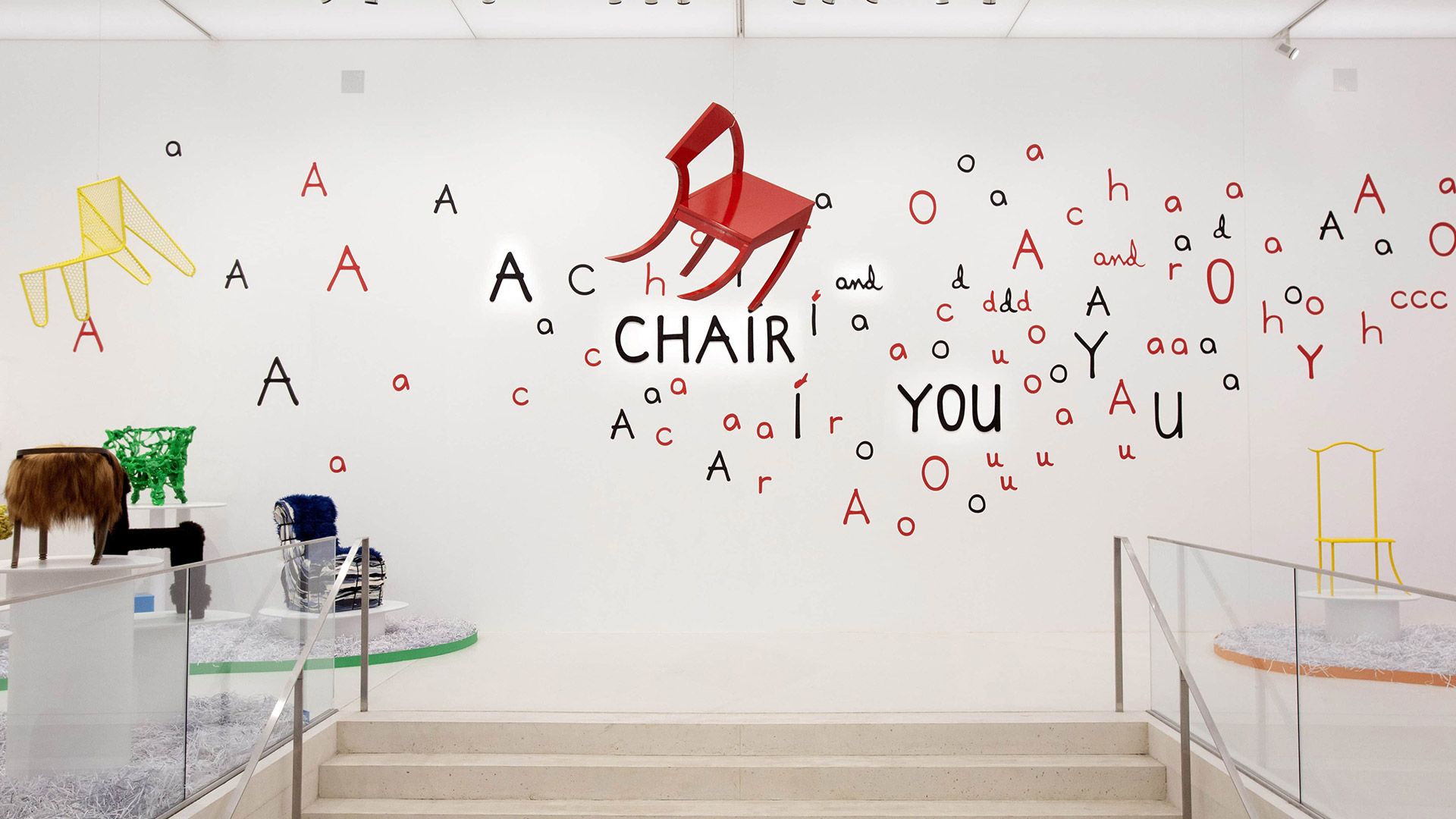
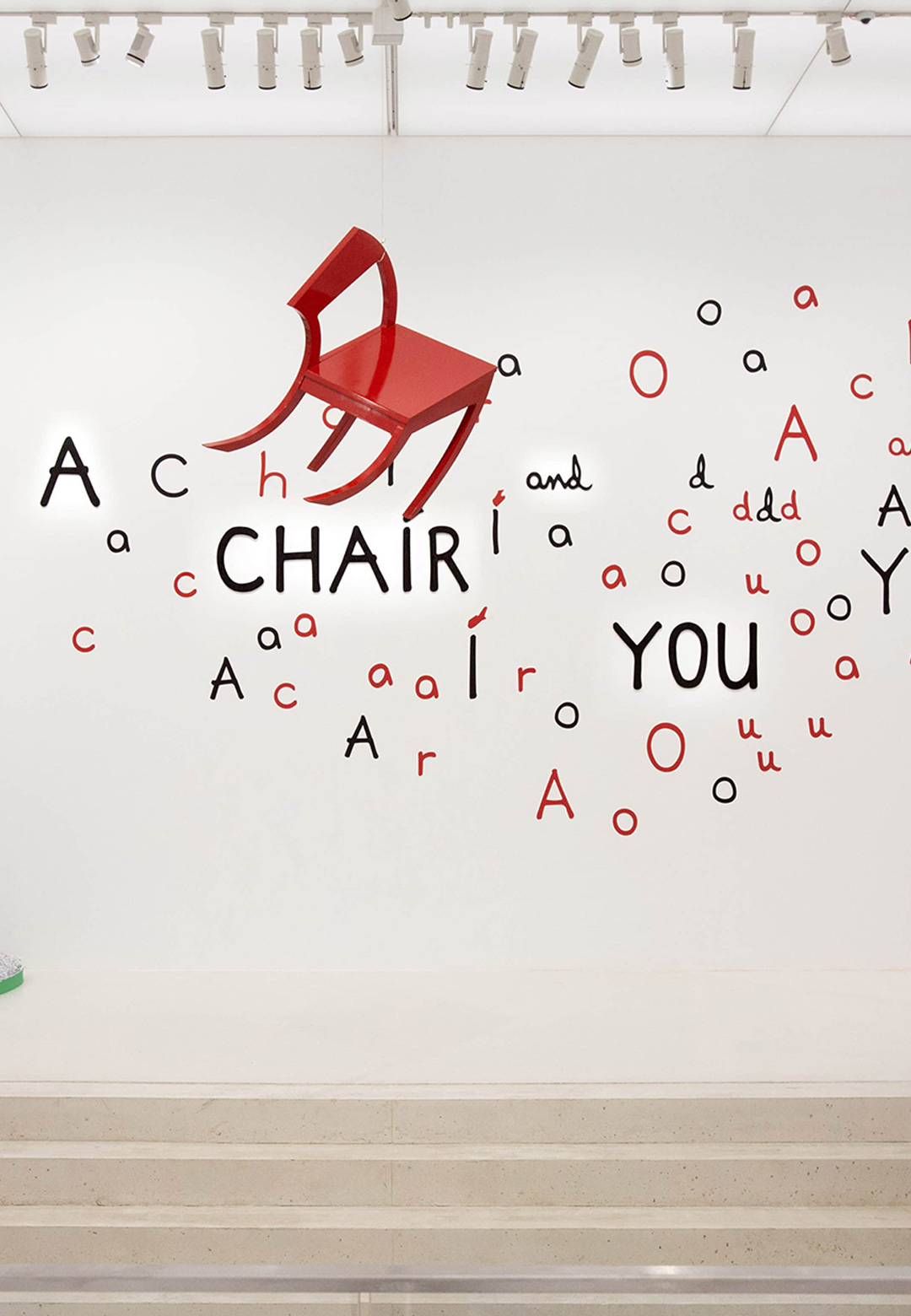
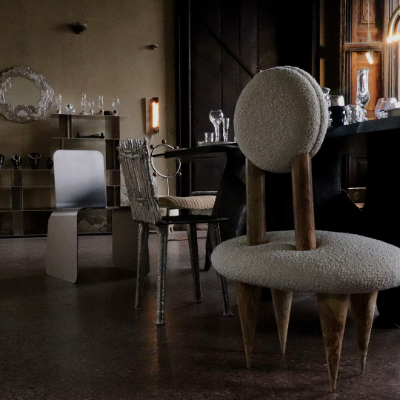
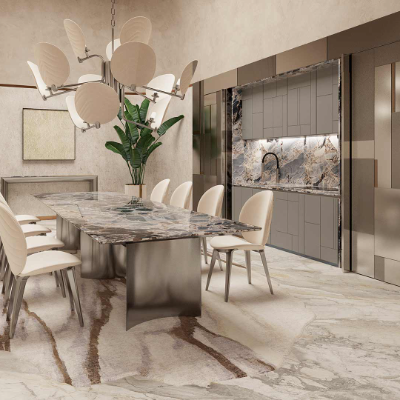
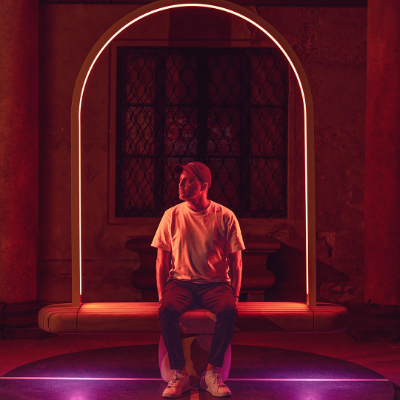
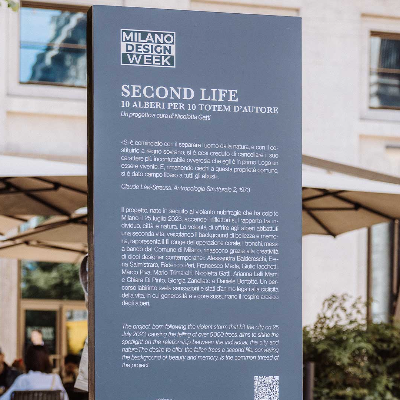
What do you think?